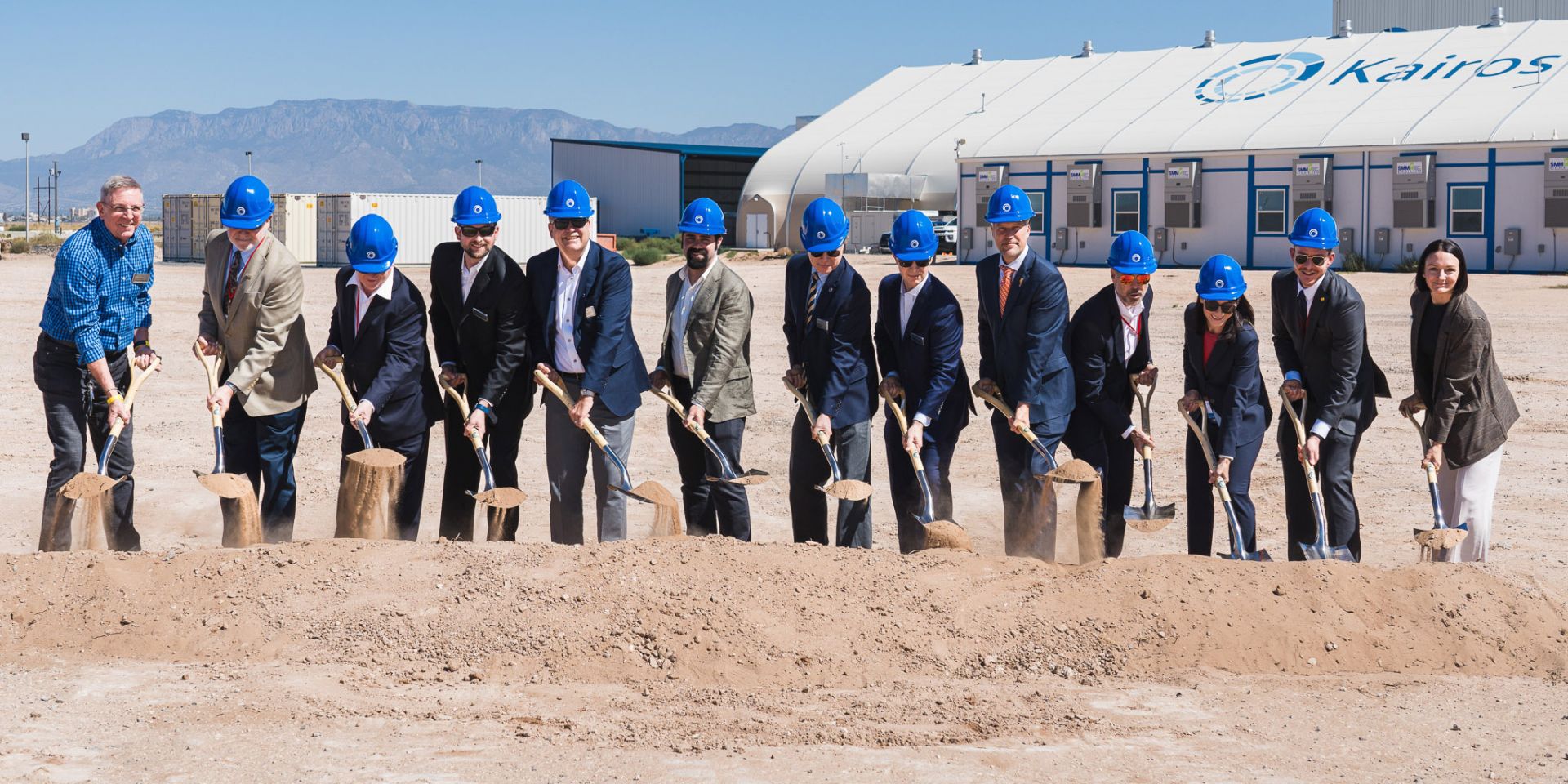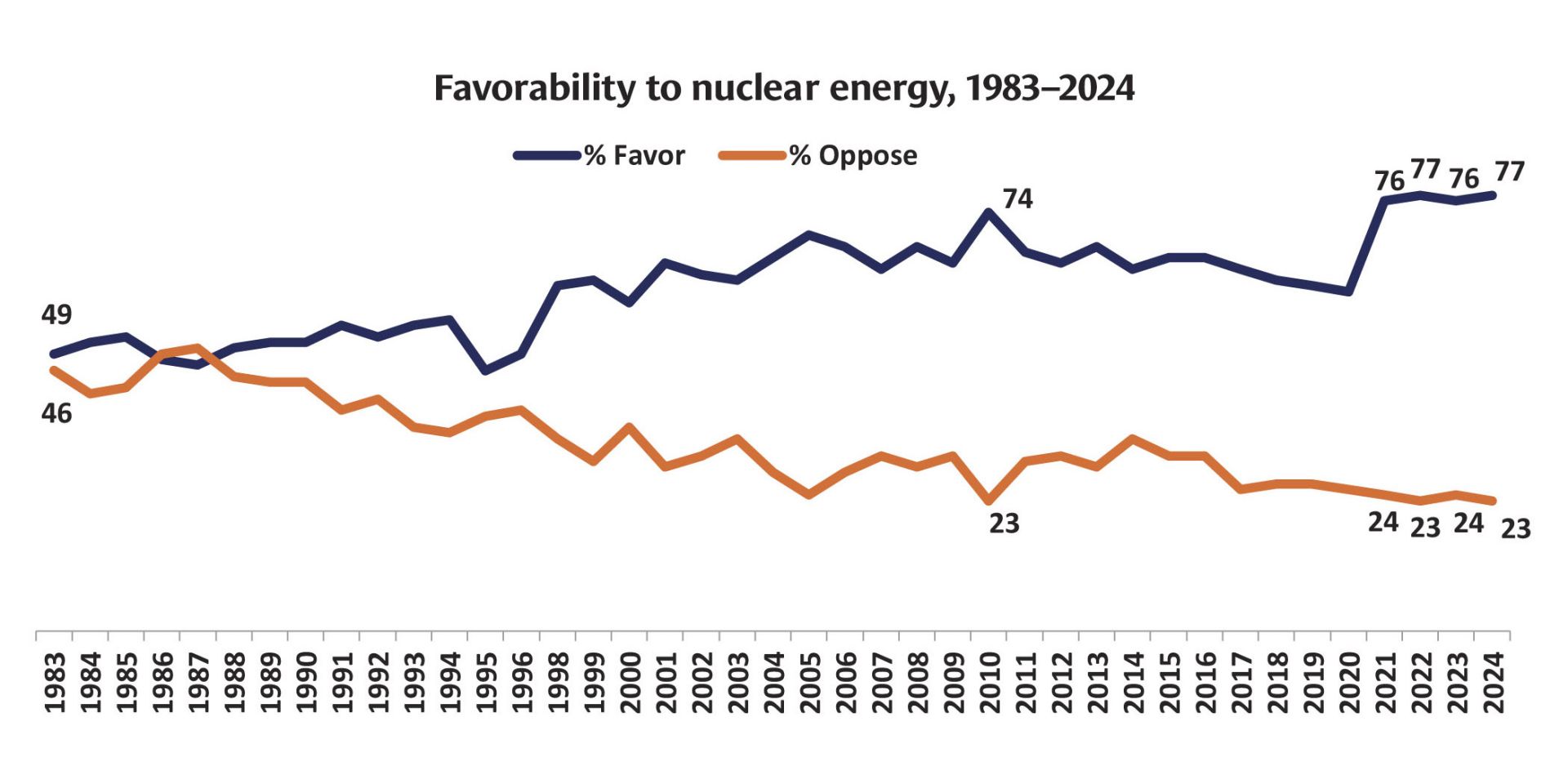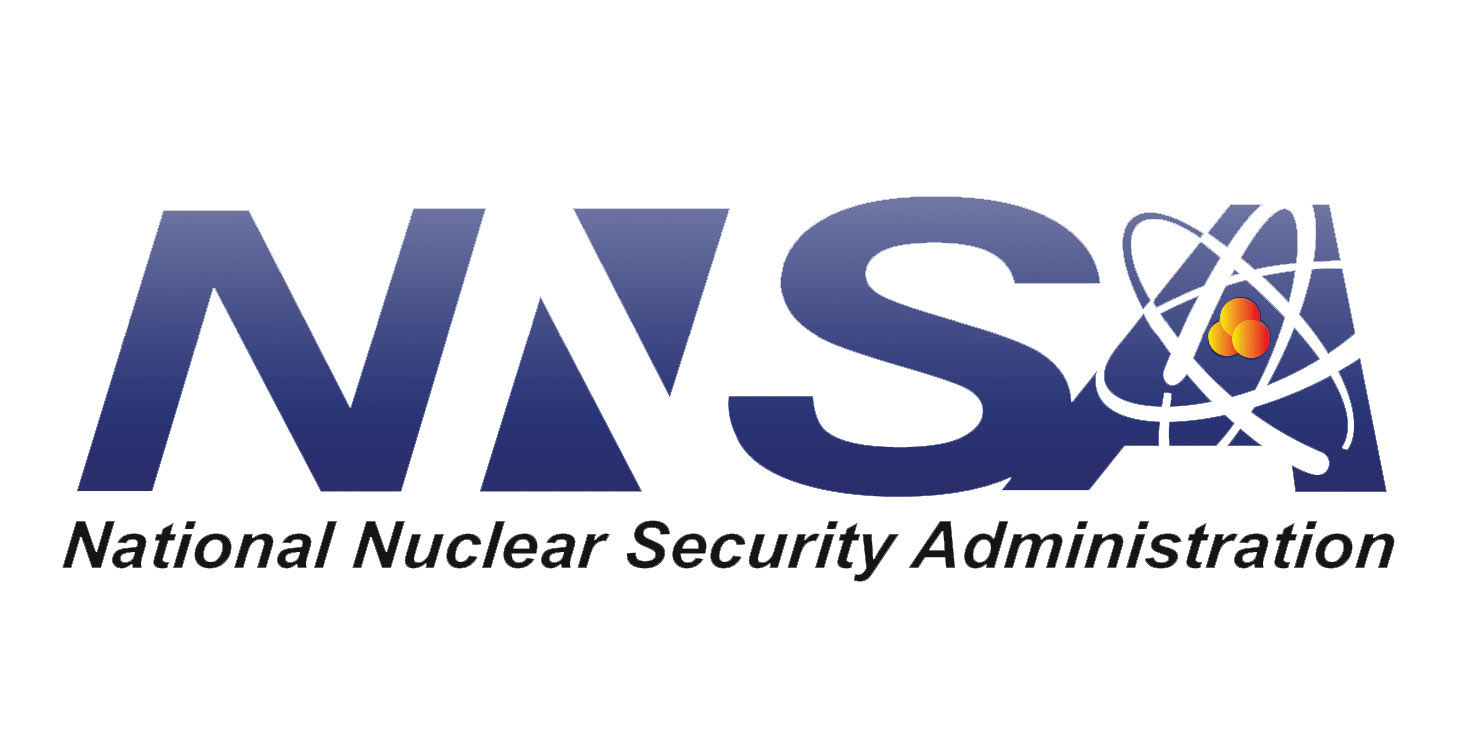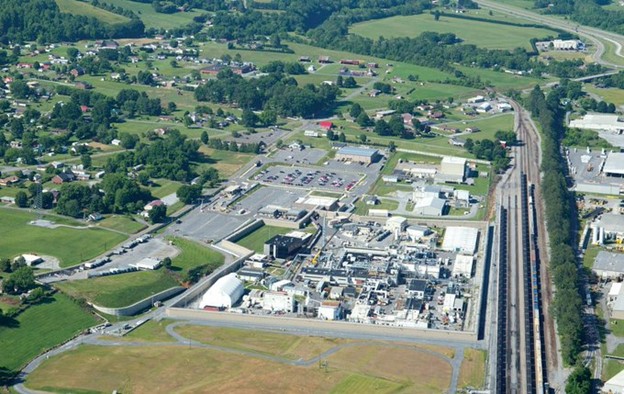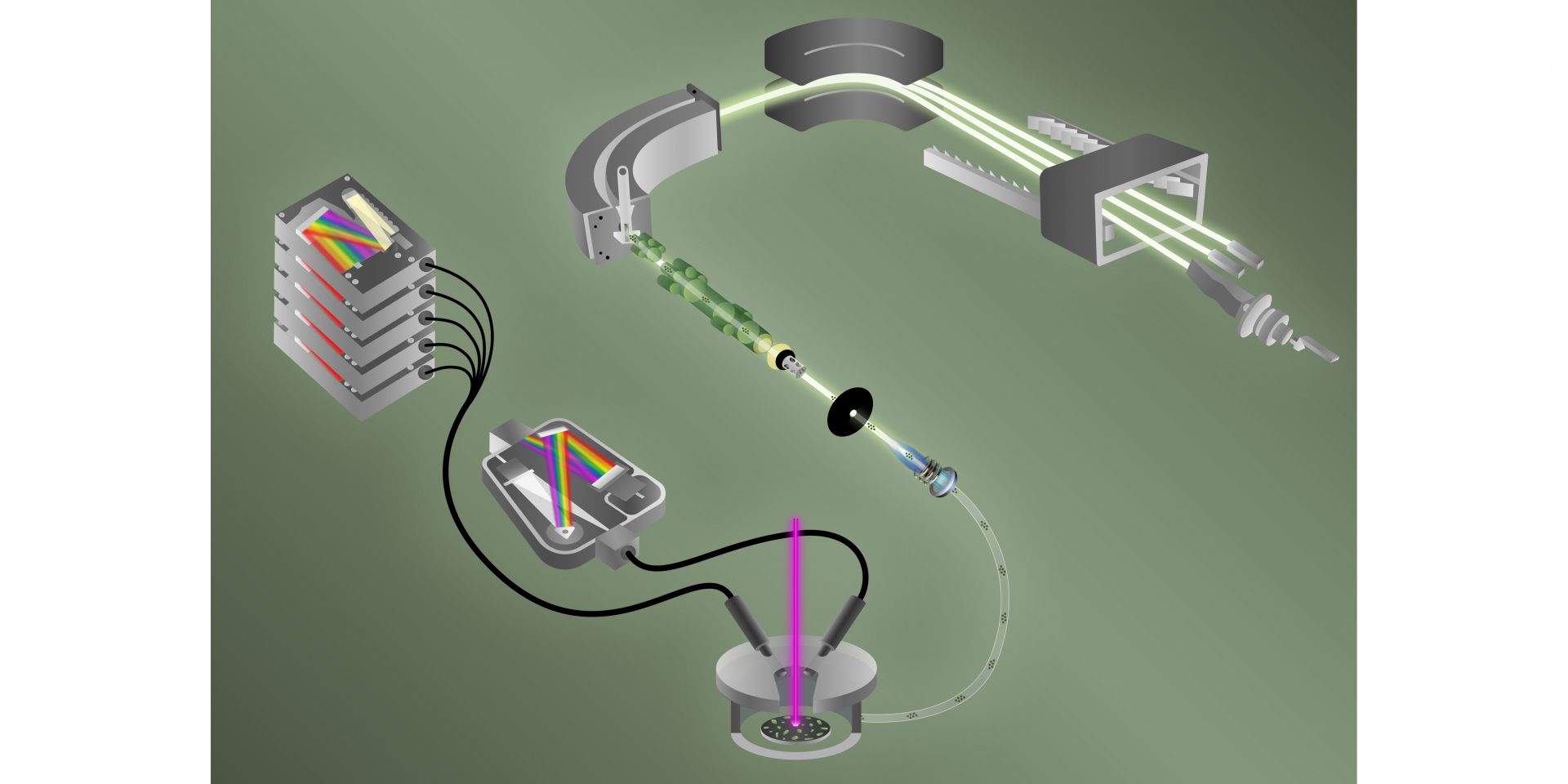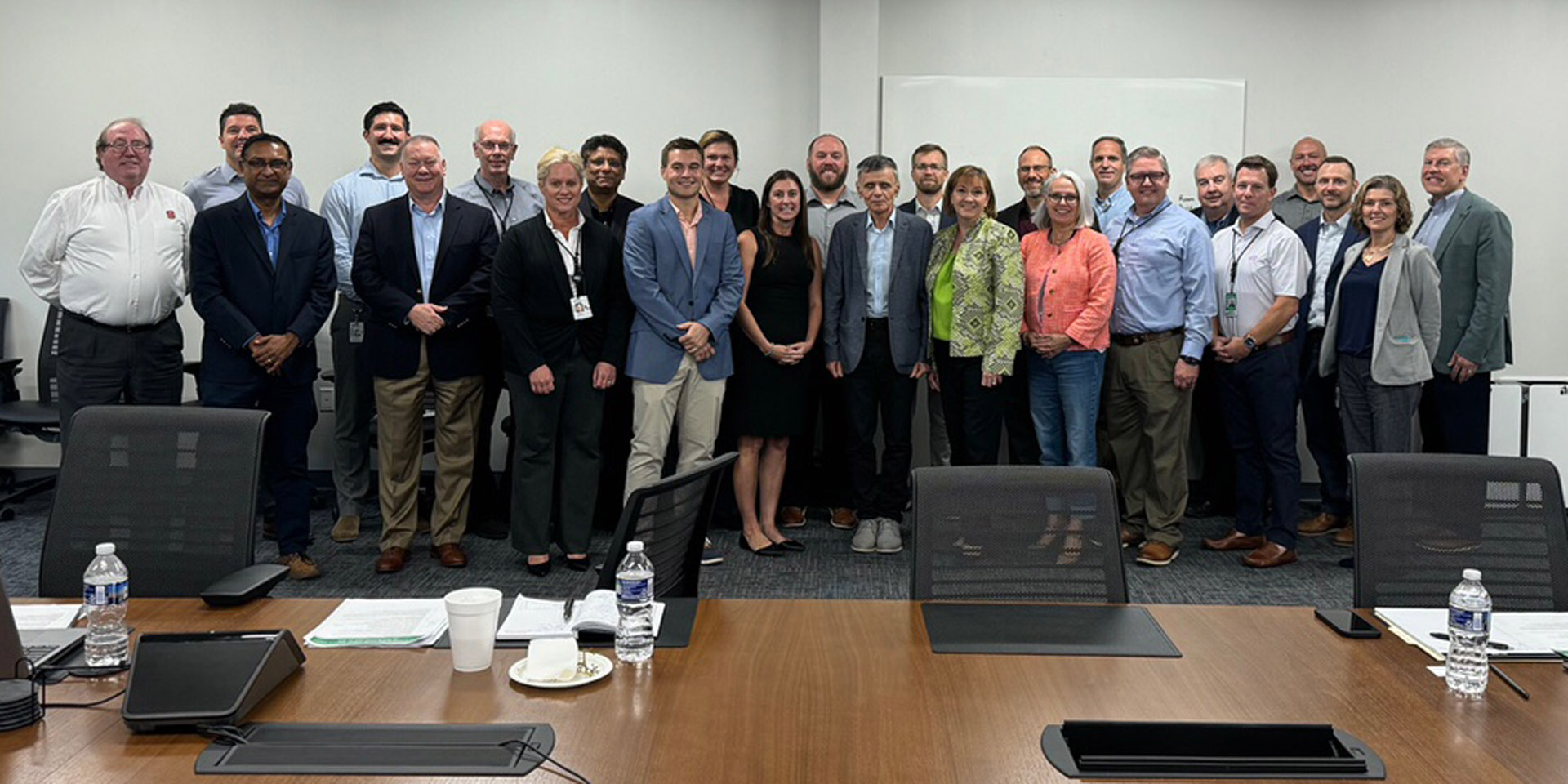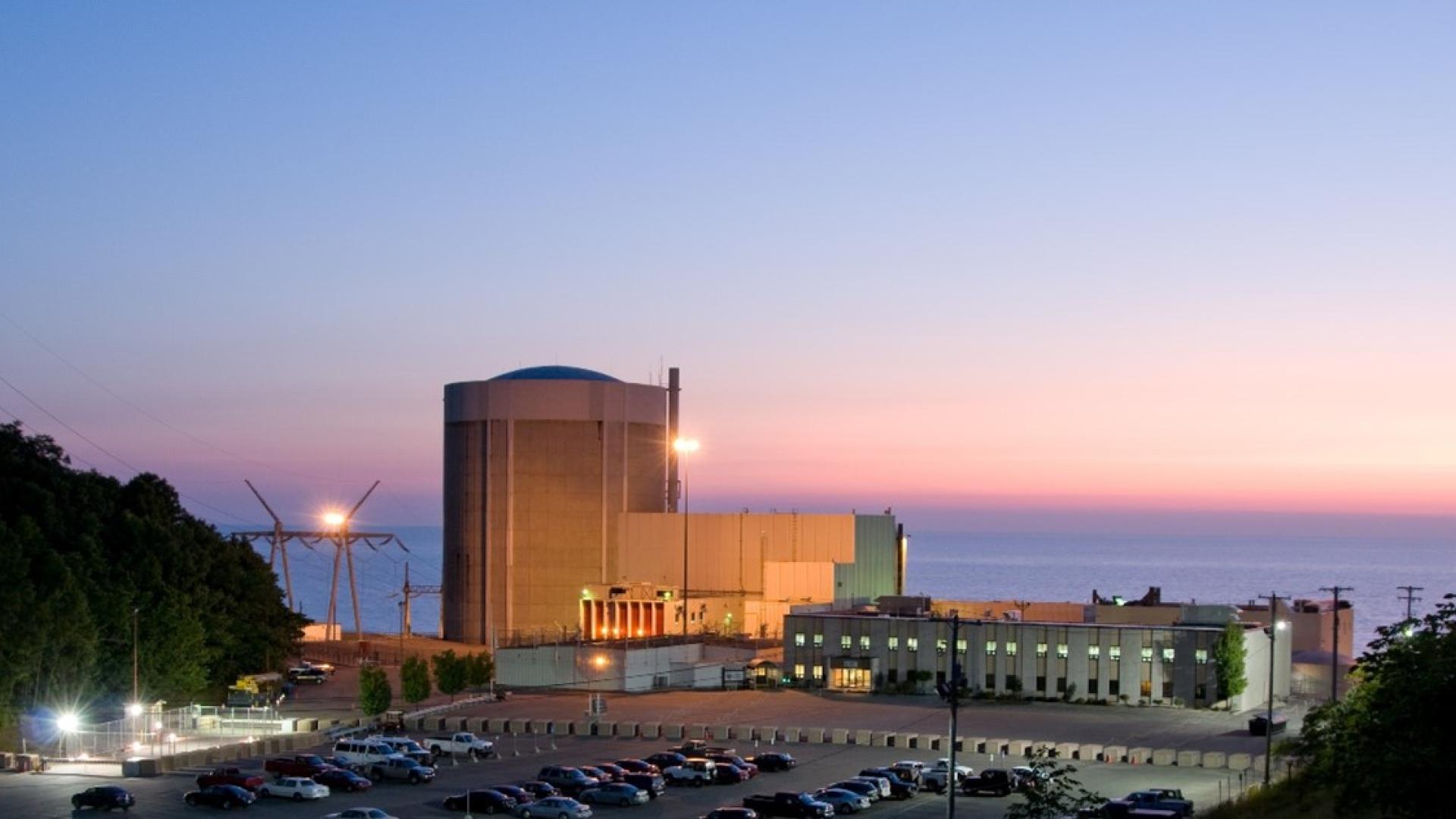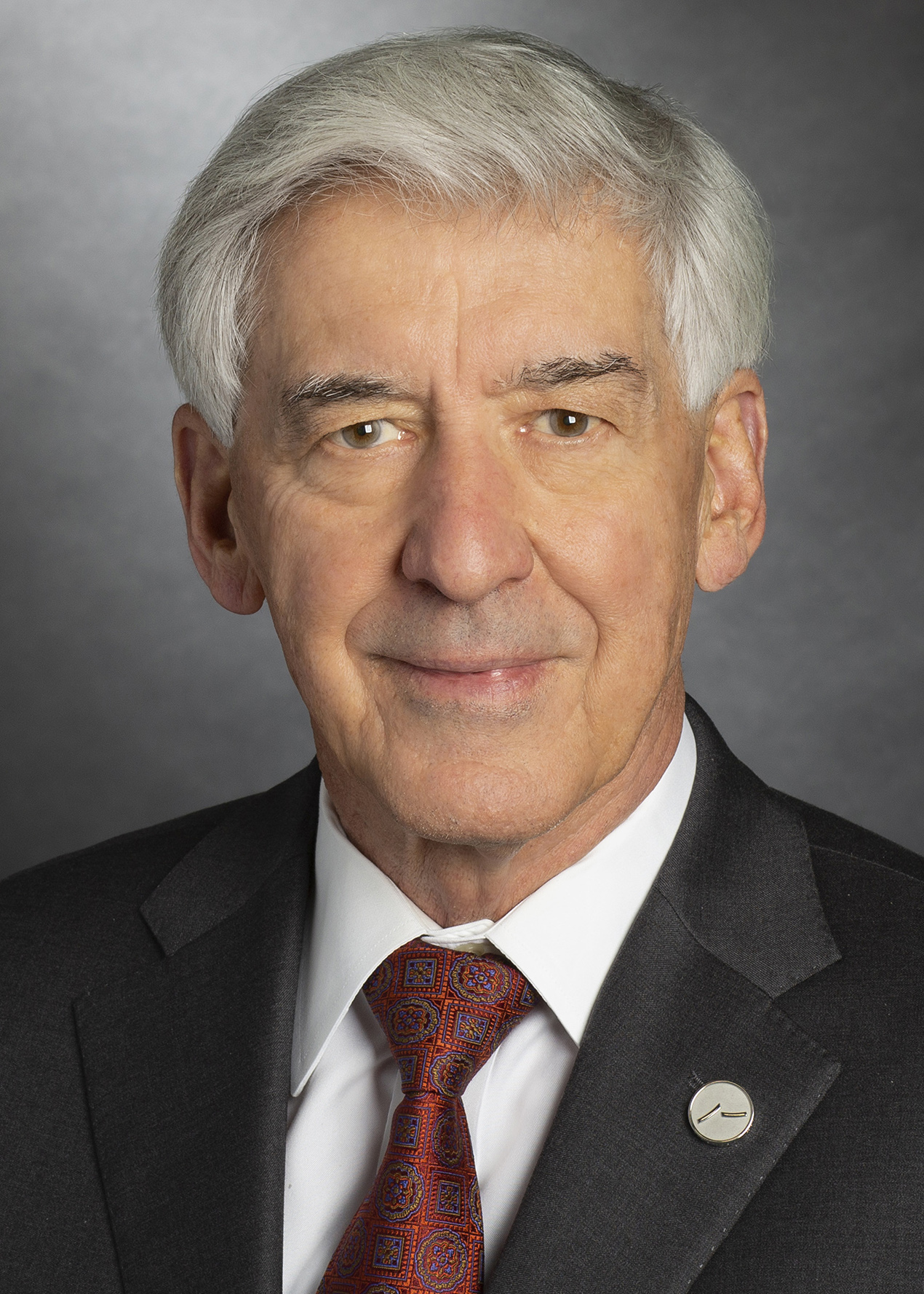Kairos Power leaders, elected officials, and key partners break ground on the Salt Production Facility at the company’s Manufacturing Development Campus in Mesa del Sol, N.M. (Photo: Kairos Power)
Kairos Power broke ground yesterday on a Salt Production Facility at the company’s newly dedicated Manufacturing Development Campus during an event at a sprawling site in Mesa del Sol, N.M., just south of Albuquerque. The new facility will produce the FLiBe (a mixture of lithium fluoride and beryllium fluoride salts) needed to cool the advanced reactors Kairos Power plans to build, starting with its Hermes nonpower demonstration reactor in Oak Ridge, Tenn., and could be operational and producing salt in 2026, according to an October 3 Department of Energy news release.
Survey respondents (%) who favor or oppose the use of nuclear energy for electricity in the United States, 1983–2024. (Graph: Bisconti Research Inc.)
Ann Stouffer Bisconti has been surveying and analyzing the American public’s attitudes and knowledge about nuclear energy for more than four decades. Her research company’s 2024 survey proved to be especially revealing. “The 2024 National Nuclear Energy Public Opinion Survey contained such a wealth of information that I prepared nine reports” to cover all the collected data, she said.
Attendees at the Roadmaps to New Nuclear conference in September. (Photo: OECD-NEA)
World leaders outlined an ambitious push and targeted plans for increasing nuclear energy capacity at the Roadmaps to New Nuclear conference, held September 19–20 in Paris, France.
The Nuclear Fuel Services facility in Erwin, Tenn. (Photo: BWXT)
BWX Technologies subsidiary Nuclear Fuel Services Inc. suspended operations last Friday at a Tennessee facility to assess conditions following Hurricane Helene. A company spokesperson said the site remained "in safe and secure condition."
ORNL’s tandem technologies detect fluorine and isotopes of uranium at the same time to discern the fingerprint of a nuclear material made for fuel or weaponry. (Image: Benjamin Manard and Jacquelyn DeMink/ORNL)
By combining two techniques, analytical chemists at Oak Ridge National Laboratory have for the first time simultaneously detected fluorine and different uranium isotopes in a single particle. Quickly detecting both elements together may help International Atomic Energy Agency inspectors determine if and when undisclosed enrichment has taken place. The findings, published in the Journal of the American Chemical Society, “push the limit” of how fast single particles can be characterized in terms of their chemical, elemental, and isotopic compositions, according to a September 26 news release from ORNL.
Attendees at the North Carolina Nuclear Energy Industry Advisory Council meeting. (Photo: Steve Rea)
A mix of nuclear professionals and advocates gathered las week to discuss public policy, workforce needs, and regulatory matters at a meeting of the North Carolina Nuclear Energy Industry Advisory Council.
Nuclear stakeholders celebrate “powerful clean energy comeback story”
The Palisades nuclear power plant. (Photo: Holtec International)
With a $1.52 billion loan from the Department of Energy and $1.3 billion in grants to rural electric cooperatives near the plant, the ambitious plans to restart Michigan’s Palisades nuclear plant next fall are moving ahead.
A student demonstrates VR models of fission and fusion energy systems. (Photo: University of Michigan)
A new course at the University of Michigan offered by the Nuclear Engineering and Radiological Sciences (NERS) Department seeks to address the lack of community engagement in the design of energy technologies by pioneering a socially engaged approach.
Palisades nuclear power plant in Covert, Mich. (Photo: Entergy)
The Michigan Department of Environment, Great Lakes, and Energy (EGLE) is holding a virtual public hearing on Tuesday, October 1, to provide information and take comments on the proposed reissuance of a surface water permit for Palisades nuclear plant in Covert, Mich.
Jeff Waksman (left), Project Pele program manager for DOD-SCO, and John Wagner, INL director, at the planned testing site. (Photo: DOD)
The Department of Defense announced September 24 that it has broken ground on the site at Idaho National Laboratory’s Critical Infrastructure Test Range Complex (CITRC) where Project Pele, a transportable 1–5 MWe microreactor, will be tested. The DOD’s Strategic Capabilities Office (SCO) is in charge, on a mission to prove that a mobile microreactor can help meet the DOD’s increasing demand for resilient carbon-free energy for mission-critical operations in remote and austere environments.
A still shot from the Senate ENR Hearing to Examine Fusion Energy Technology Development.
Hours before the Senate Committee on Environment and Natural Resources (ENR) opened a scheduled September 19 hearing on fusion energy technology development, CNN published an article titled “The US led on nuclear fusion for decades. Now China is in a position to win the race.” The article was entered into the hearing record, but senators had already gotten the message.


